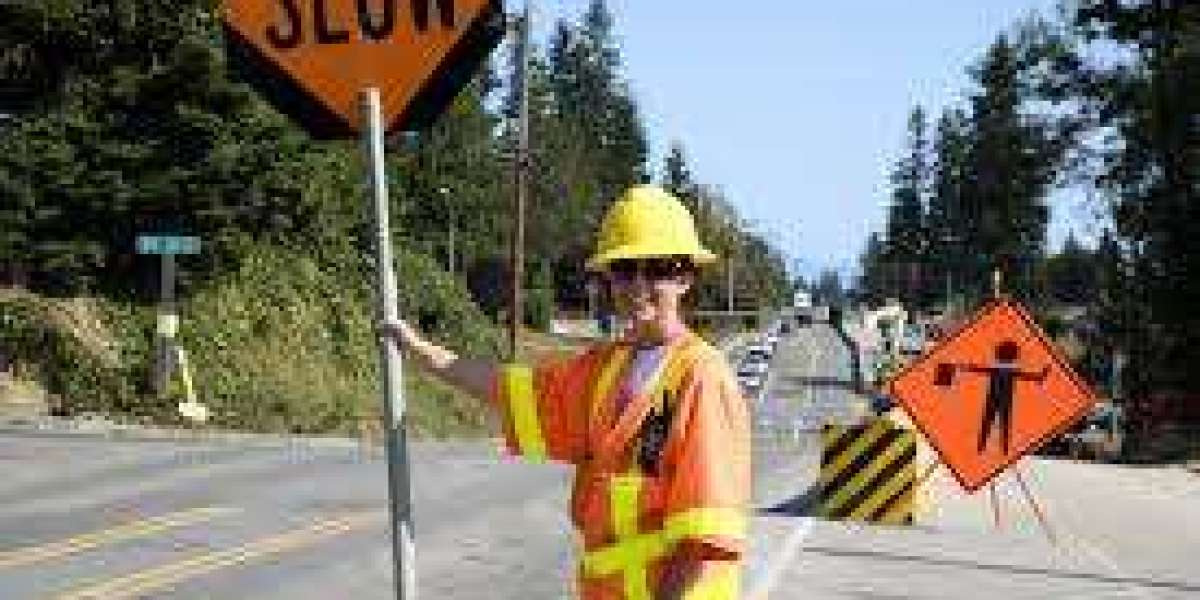Your driveway greets you every morning. Your sidewalk carries you safely to the street. Your garage floor holds the weight of your day-to-day life. But over time, all these surfaces begin to show signs of wear cracks, chips, uneven slabs, and discoloration. These issues may seem small at first, but they can quickly lead to bigger problems if ignored.
So, what’s really happening beneath the surface? And how do you know when it’s time to act?
Let’s take a closer look at what causes concrete damage, what you can do about it, and how timely repair saves you money and peace of mind.
Why Concrete Cracks and Wears Out
Concrete is tough, but it’s not invincible. Several common culprits are behind most of the cracks and damage you see:
Weather Changes
St. Louis weather can be unpredictable. Freezing and thawing cycles cause the ground to expand and contract. Over time, this movement puts pressure on concrete, leading to cracks and gaps.
Poor Drainage
Water is concrete’s silent enemy. Without proper drainage, rainwater or melting snow seeps underneath, eroding the base and creating voids. Eventually, those voids lead to sinking slabs or surface cracks.
Heavy Loads
Your driveway may look solid, but repeated pressure from heavy vehicles or equipment can wear it down. Cracking or surface spalling (flaking) is often the result of too much weight over time.
Bad Installation
Sometimes, the damage starts at day one. If the concrete was poured on unstable soil or not allowed to cure properly, cracks may appear sooner than expected.
The Real Risks of Leaving It Alone
It’s easy to brush off a hairline crack or a small chip in your garage floor. But here’s why you shouldn’t:
Safety Hazards
Uneven walkways or crumbling steps are trip hazards, especially for children, older adults, or visitors.
Water Damage
Cracks allow water to seep into the structure. Over time, moisture can damage the concrete further or leak into basements and lower levels.
Lower Property Value
Whether you’re planning to sell or just want to maintain your home’s value, visible concrete damage can be a red flag to potential buyers.
Bigger Repair Bills Later
What starts as a small crack can quickly become a large structural issue. The sooner you act, the less it costs.
What Concrete Repair Looks Like Today
Thankfully, modern concrete repair isn’t the loud, messy job it used to be. In many cases, you won’t even need to tear everything out.
Here are some of the most common methods professionals use today:
Polyjacking or Foam Injection
This innovative method involves injecting a polyurethane foam beneath the concrete slab. As the foam expands, it lifts and levels the surface, sealing cracks and voids in the process.
Ideal for: Sidewalks, driveways, garage floors, and patios
Benefits: Quick, non-invasive, cost-effective, and long-lasting
Crack Sealing and Filling
For smaller cracks, contractors use flexible sealants or epoxy injections to close the gap and prevent further water intrusion.
Ideal for: Early-stage cracks in foundations or floors
Benefits: Stops moisture damage, preserves surface
Resurfacing
If the surface is worn but the structure underneath is sound, resurfacing adds a fresh top layer to give your concrete a brand-new look.
Ideal for: Aging driveways, steps, or decorative concrete
Benefits: Affordable facelift without full replacement
Replacement
In severe cases where the slab is too damaged or unsafe, replacement might be necessary.
Ideal for: Broken, sunken, or severely cracked slabs
Benefits: Long-term solution with structural stability
Choosing the Right Professional
Not all repairs are created equal and neither are all contractors. Here’s what to look for when choosing someone to handle your concrete repair:
Local Experience
A local expert understands how regional weather and soil conditions affect concrete. St. Louis, for example, has its own set of challenges, including clay-heavy soil and freeze-thaw cycles.
Specialization in Concrete
Choose a contractor that specializes in concrete repair rather than a general handyman. They’ll have the tools, materials, and knowledge to do it right.
Clear Quotes and Timelines
Reputable companies will give you a clear breakdown of cost, timeline, and process with no surprise charges at the end.
Warranty or Guarantee
Ask about warranties on their work. It shows confidence in their craftsmanship and gives you peace of mind.
How to Tell It’s Time for Repair
Not sure if your concrete problem is serious? Here are a few signs it’s time to call in an expert:
Uneven surfaces or tripping hazards
Cracks wider than a quarter inch
Water pooling or leaking through concrete
Noticeable sinking or tilting slabs
Surface flaking or crumbling



